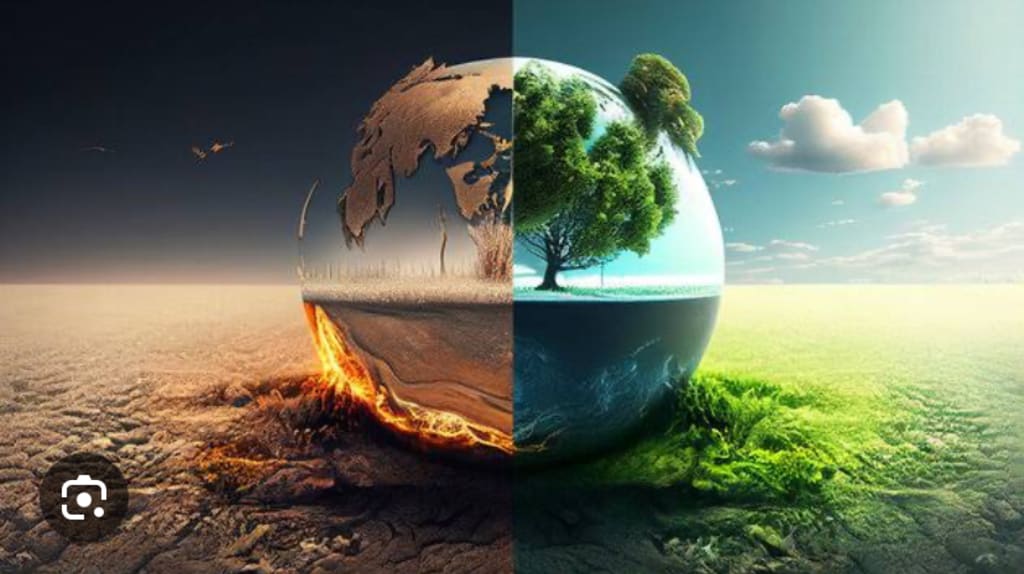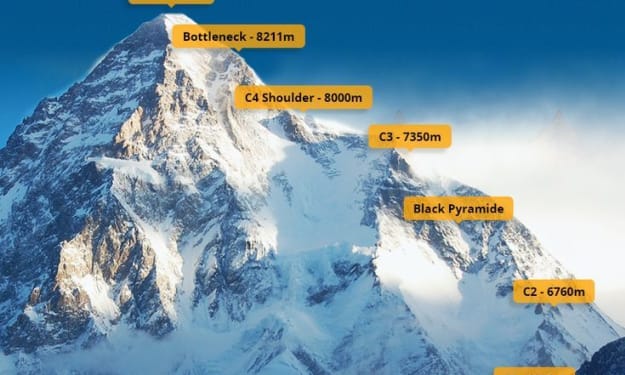
Global warming refers to the long-term rise in Earth's average surface temperature due to human activities, primarily the emission of greenhouse gases (GHGs) such as carbon dioxide (CO₂), methane (CH₄), and nitrous oxide (N₂O). These gases trap heat in the atmosphere, leading to a range of environmental changes with far-reaching impacts.
### Causes of Global Warming
1. **Burning of Fossil Fuels**: The combustion of coal, oil, and natural gas for energy and transportation is the largest source of CO₂ emissions. This process releases large amounts of GHGs into the atmosphere.
2. **Deforestation**: Trees absorb CO₂, and deforestation reduces the number of trees available to sequester this greenhouse gas. Additionally, when trees are burned or decay, they release stored CO₂.
3. **Industrial Processes**: Many industrial activities produce GHGs, including cement production, chemical manufacturing, and mining.
4. **Agriculture**: Livestock farming produces significant amounts of methane through enteric fermentation. Rice paddies and the use of synthetic fertilizers also contribute to the release of methane and nitrous oxide.
### Effects of Global Warming
1. **Rising Temperatures**: The global average temperature has increased by about 1.1°C since the late 19th century. This warming trend is accelerating, with the last few decades being the warmest on record.
2. **Melting Ice Caps and Glaciers**: The Arctic sea ice is shrinking, and glaciers worldwide are retreating. This contributes to rising sea levels and the loss of habitats for polar species.
3. **Sea Level Rise**: Melting ice and the thermal expansion of seawater have led to a rise in sea levels, threatening coastal communities and ecosystems.
4. **Extreme Weather Events**: Global warming is linked to more frequent and severe weather events, including hurricanes, heatwaves, droughts, and heavy rainfall.
5. **Ocean Acidification**: Increased CO₂ levels are causing the oceans to become more acidic, affecting marine life, particularly organisms with calcium carbonate shells and skeletons.
### Mitigation and Adaptation
1. **Renewable Energy**: Transitioning to renewable energy sources such as solar, wind, and hydroelectric power can significantly reduce GHG emissions.
2. **Energy Efficiency**: Improving energy efficiency in buildings, transportation, and industry can lower emissions and reduce energy costs.
3. **Reforestation and Afforestation**: Planting trees and restoring forests can enhance CO₂ sequestration.
4. **Carbon Capture and Storage (CCS)**: CCS technology captures CO₂ emissions from industrial sources and stores them underground, preventing them from entering the atmosphere.
5. **Policy Measures**: Governments can implement policies such as carbon pricing, emissions trading systems, and regulations to limit GHG emissions and encourage sustainable practices.
### Global Efforts and Agreements
1. **Paris Agreement**: Adopted in 2015, the Paris Agreement aims to limit global warming to well below 2°C above pre-industrial levels, with efforts to keep it below 1.5°C. Countries are required to set and meet Nationally Determined Contributions (NDCs).
2. **United Nations Framework Convention on Climate Change (UNFCCC)**: This international treaty, established in 1992, provides a framework for negotiating specific agreements to reduce global warming and cope with its impacts.
### Conclusion
Global warming poses a significant threat to the environment, human health, and economies worldwide. Combating it requires coordinated global action, technological innovation, and changes in individual behavior. By reducing GHG emissions and adapting to changes that are already underway, humanity can mitigate the worst effects of global warming and build a sustainable future.
About the Creator
Enjoyed the story? Support the Creator.
Subscribe for free to receive all their stories in your feed. You could also pledge your support or give them a one-off tip, letting them know you appreciate their work.





Comments
There are no comments for this story
Be the first to respond and start the conversation.